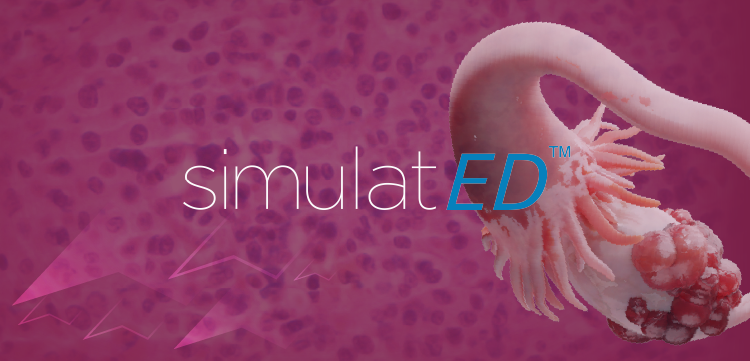Computer-aided detection reduces mammogram accuracy
-->
The use of computer-aided detection systems for screening mammography has actually reduced the accuracy of mammogram interpretation, researchers report in the April 5 issue of the New England Journal of Medicine.
Joshua Fenton, MD, from the University of California Davis in Sacramento, and colleagues examined data from 222,135 women (429,345 mammograms), including 2,351 women diagnosed with breast cancer within 1 year of the screening. The researchers measured the sensitivity, specificity, and positive predictive value of computer-aided detection. The screening mammo grams were conducted between 1998 and 2002 at 43 facilities, including seven that used computer-aided detection.
Use of computer-aided detection resulted in a drop in diagnostic specificity from 90.2% to 87.2%, a decrease in positive predictive value from 4.1% to 3.2%, and an increase in the rate of biopsy by 19.7%. The rate of cancer detection was unchanged and, overall, the accuracy was lower for computer-aided detection than for non-use.
The study authors report affiliations with R2 Technologies, Koning, Biolucent, and GE Medical Systems.
Fenton JJ, Taplin SH, Carney PA, et al. Influence of computer-aided detection on performance of screening mammography. N Engl J Med. 2007;356:1399-1409.
Newsletter
Get the latest clinical updates, case studies, and expert commentary in obstetric and gynecologic care. Sign up now to stay informed.







